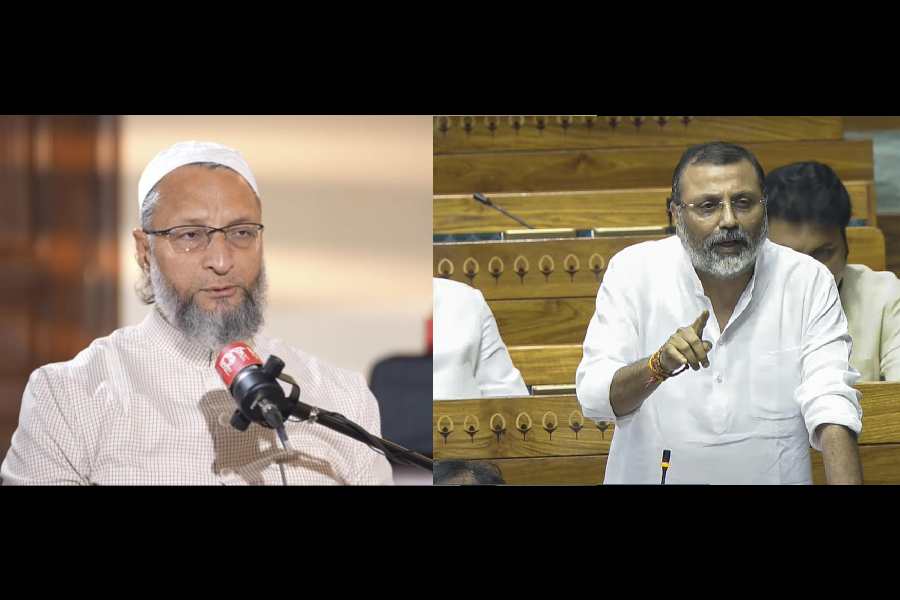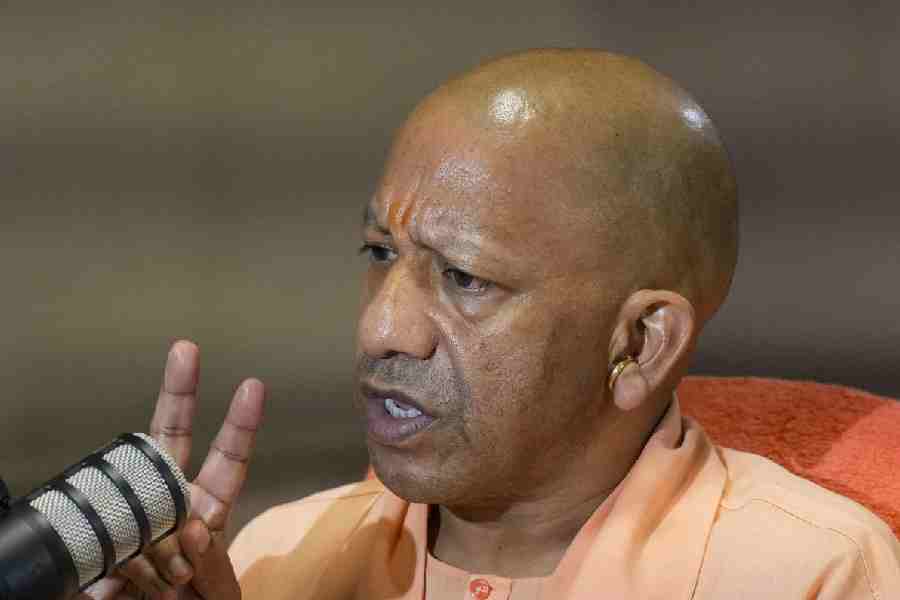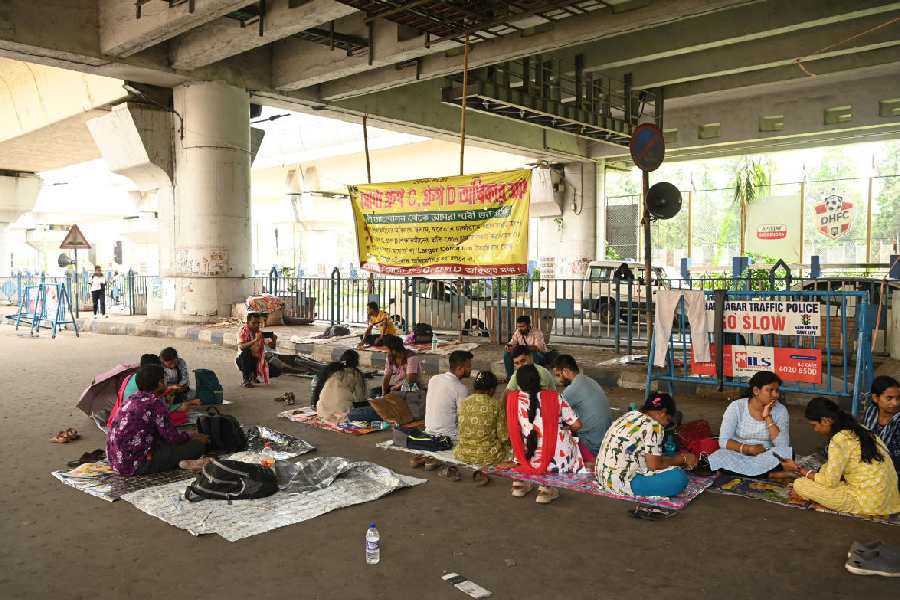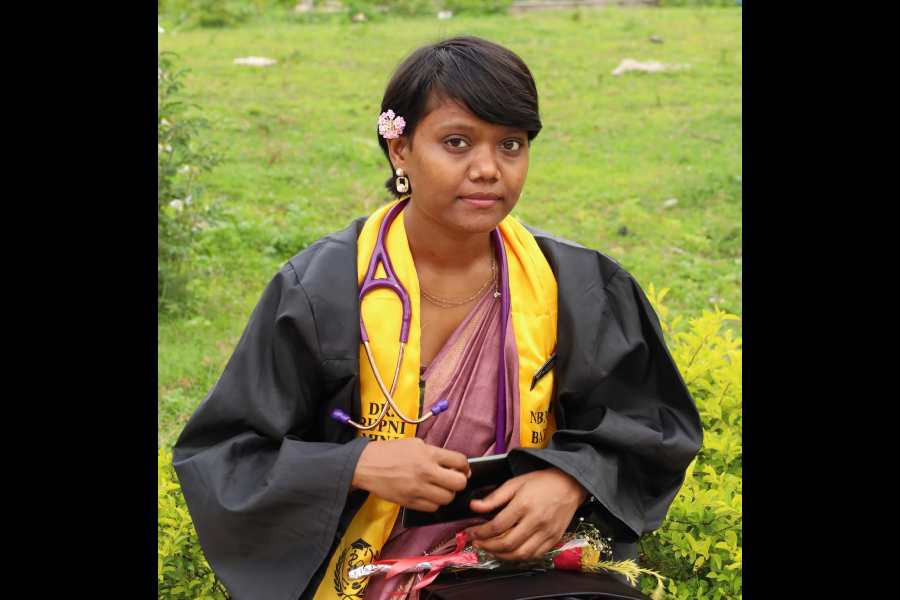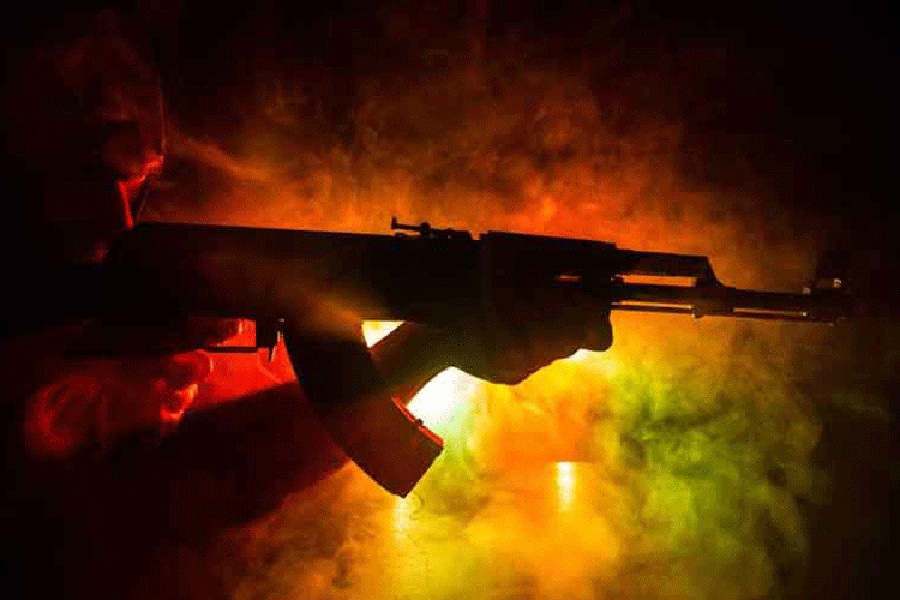 |
| Blood and tears |
DUEL IN THE SNOWS: THE TRUE STORY OF THE YOUNGHUSBAND MISSION TO LHASA
By Charles Allen,
John Murray, £ 12.50
YOUNGHUSBAND: TROUBLED CAMPAIGN
By Shubhi Sood,
India Research, £ 29.95
When the West is sanctimonious about the Chinese takeover of Tibet, it deliberately forgets the first invasion of that country by the British in 1903-04. That expedition was led by Colonel Francis Edward Younghusband, and the mastermind of it was the viceroy of India, Lord Curzon, the last of the great imperial paladins.
These two books look at Younghusband?s invasion from two different, but overlapping, perspectives. Allen?s book tries to narrate the story ?as far as possible in the words of those who were there?. Sood?s book is largely based on the discovery of an album of photographs in the custody of the First Battalion of the Eighth Gorkha Rifles. The photographs pertained to Younghusband?s expedition to Tibet, and had been taken by an officer of the battalion. The photographs were so fascinating and splendid that it set Sood, who was commanding the battalion when he came across the album, to undertake a reconstruction of Younghusband?s mission into ?the Forbidden Land??.
Tibet has always been shrouded in mystery. But Curzon?s designs against Tibet are not. Younghusband?s mission, as Allen rightly notes, was ?imperial Britain?s last throw of the dice.? Curzon fancied himself in the image of Cecil Rhodes and Frederick Lugard. His efforts to open direct negotiations with the Dalai Lama were twice rebuffed. The reasons he gave for invading Tibet were bogus. He convinced himself and his colleagues that Russia and China had entered into a secret treaty by which China relinquished her interests in Tibet in return for Russian support in maintaining the integrity of the Celestial Kingdom. Both parties denied the existence of such a treaty. But belief in such a treaty convinced Curzon of Russia?s intentions as an expansionist power playing the great game in Asia.
Curzon lobbied and cajoled his superiors in London for permission to move into Tibet. The sanction that he received from London allowed a mission to go upto Khamba Jong only and no further. Khamba Jong was a fortress 80 miles due north of Darjeeling and half a day?s march inside the Tibetan border. This was enough for Curzon to let Younghusband go right into Lhasa where he forced the Dalai Lama to sign a treaty. This earned Younghusband a knighthood. The small matter of deliberately disobeying official instructions was quietly overlooked. What was also overlooked was the fact that en route to Lhasa, Younghusband?s force carried out in Chumik Shenko, near Guru, a massacre of approximately 600 Tibetans. Younghusband, at least, had the grace to admit privately that he himself was horrified by the massacre.
Both books, Allen?s more than Sood?s, expose imperial hypocrisy. Allen mars his exposure by the statement that the damage done by the British invasion was nothing compared to what the Chinese were to inflict later. What is the yardstick for damages, one is tempted to ask. An innocent and peace-loving people had their country invaded and people killed for no reason at all. The fact that the Chinese did the same thing does not take away from the barbarity of what the British perpetrated. Sood?s book makes no judgements and is enriched by breathtaking photographs, one of which is a panoramic view of Lhasa, probably the first ever.





